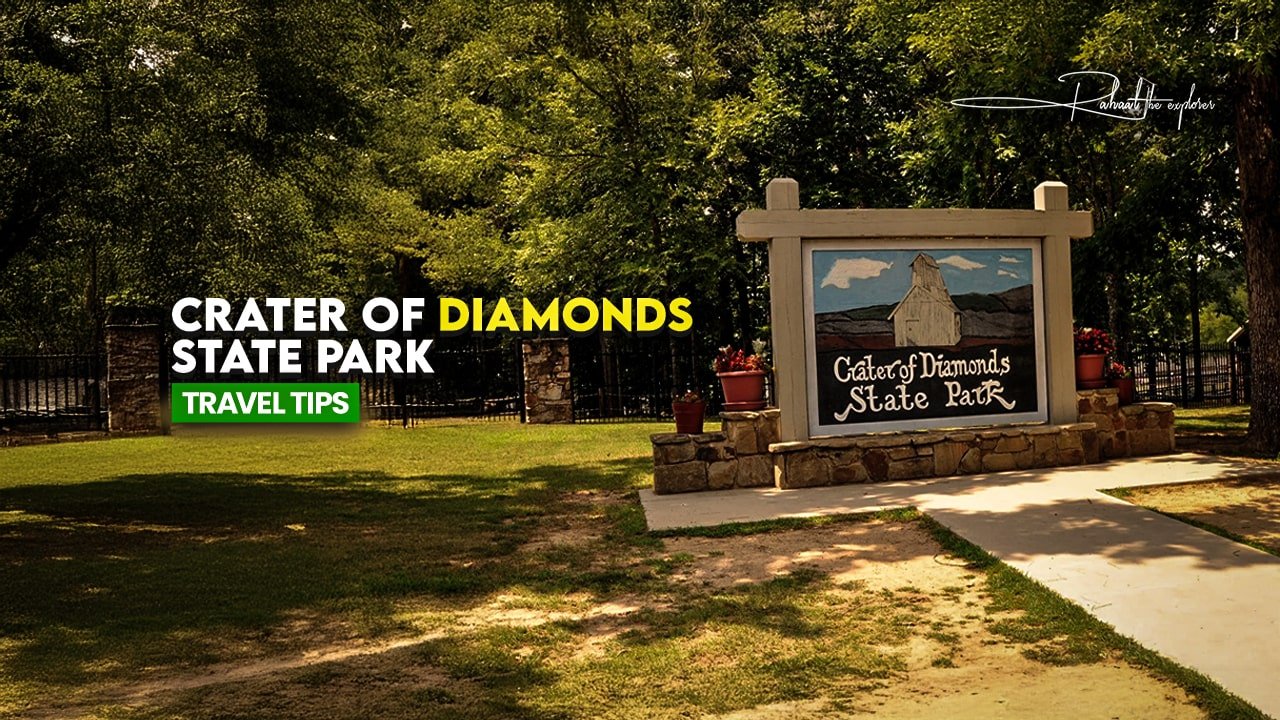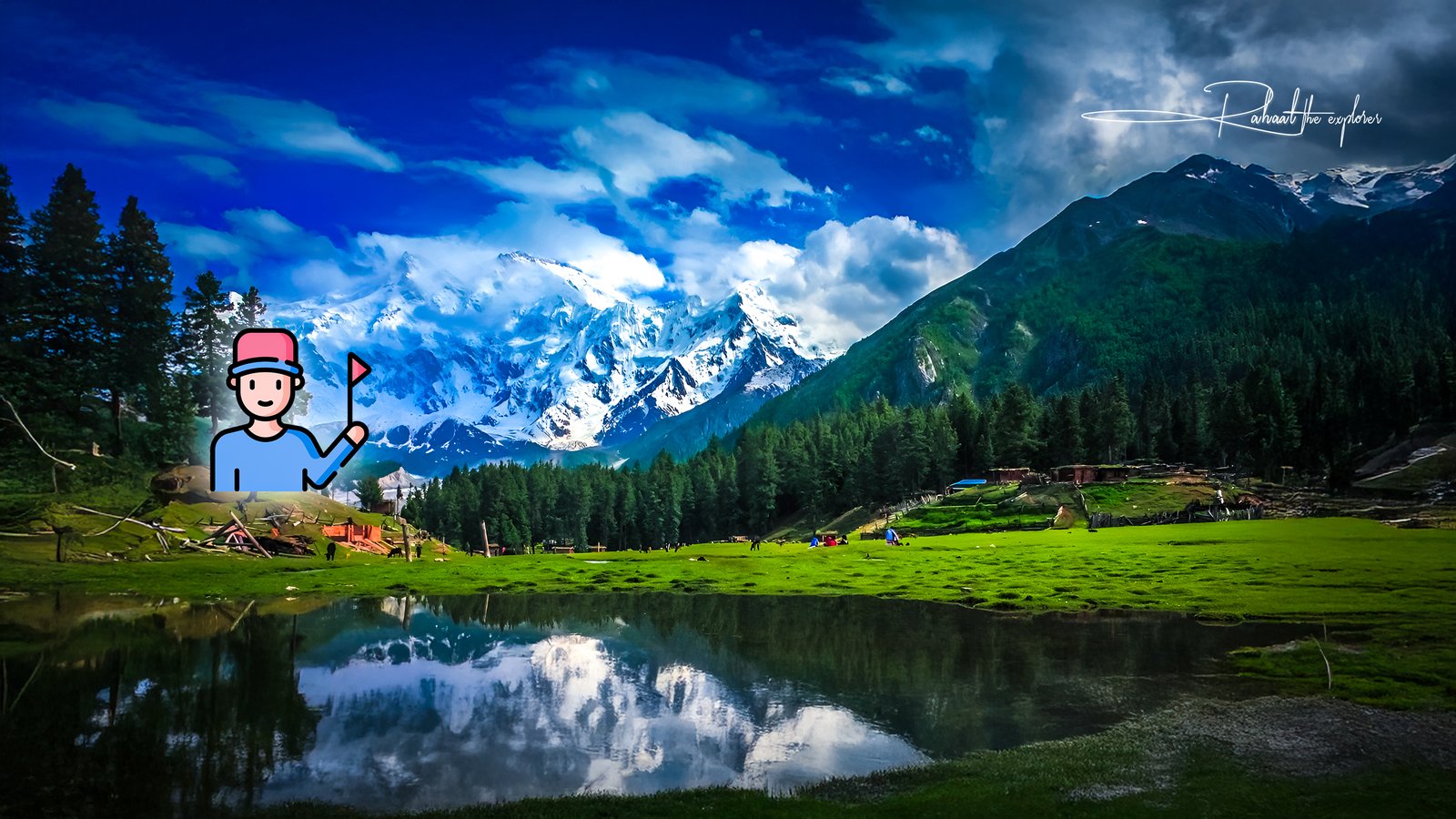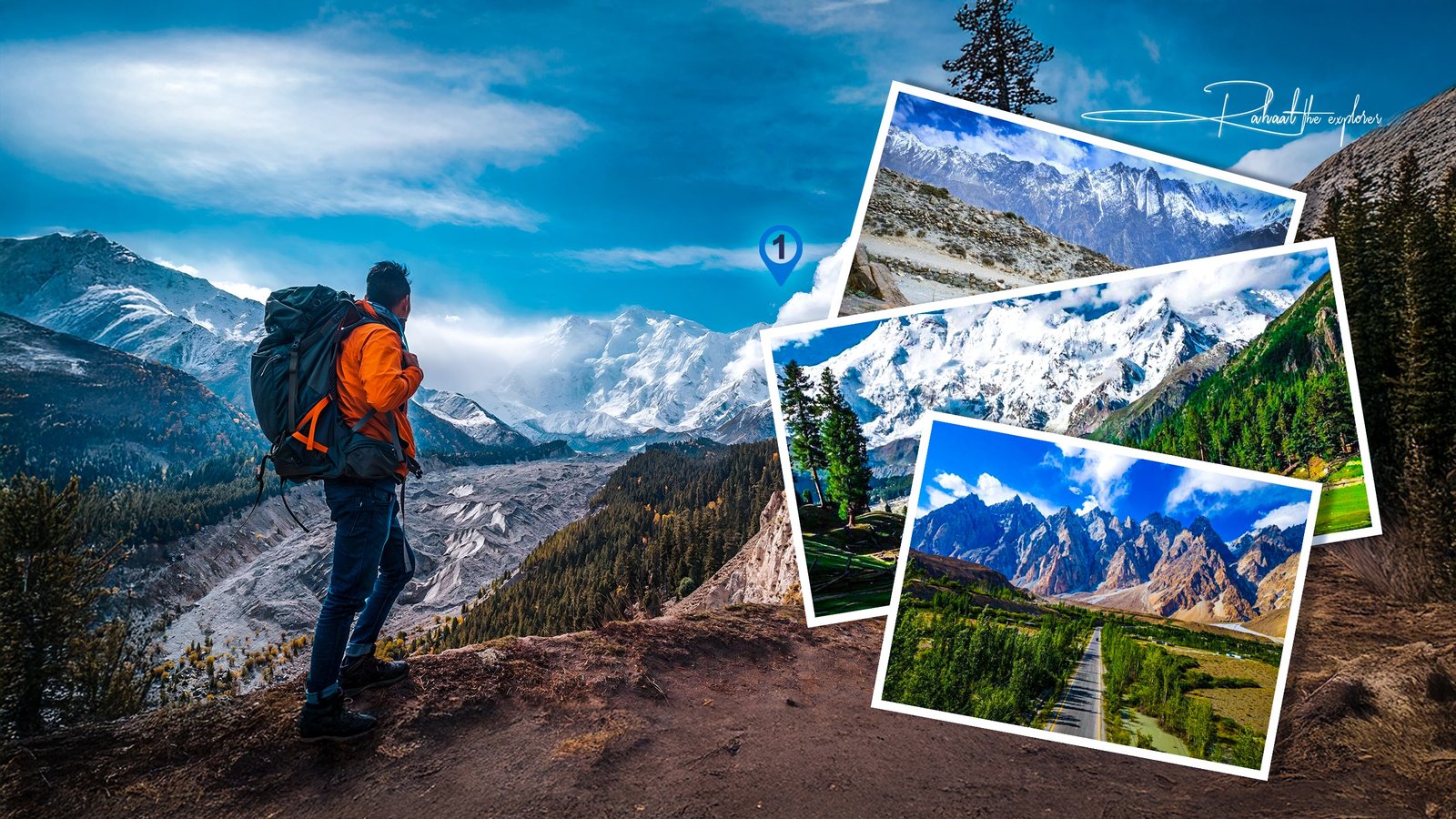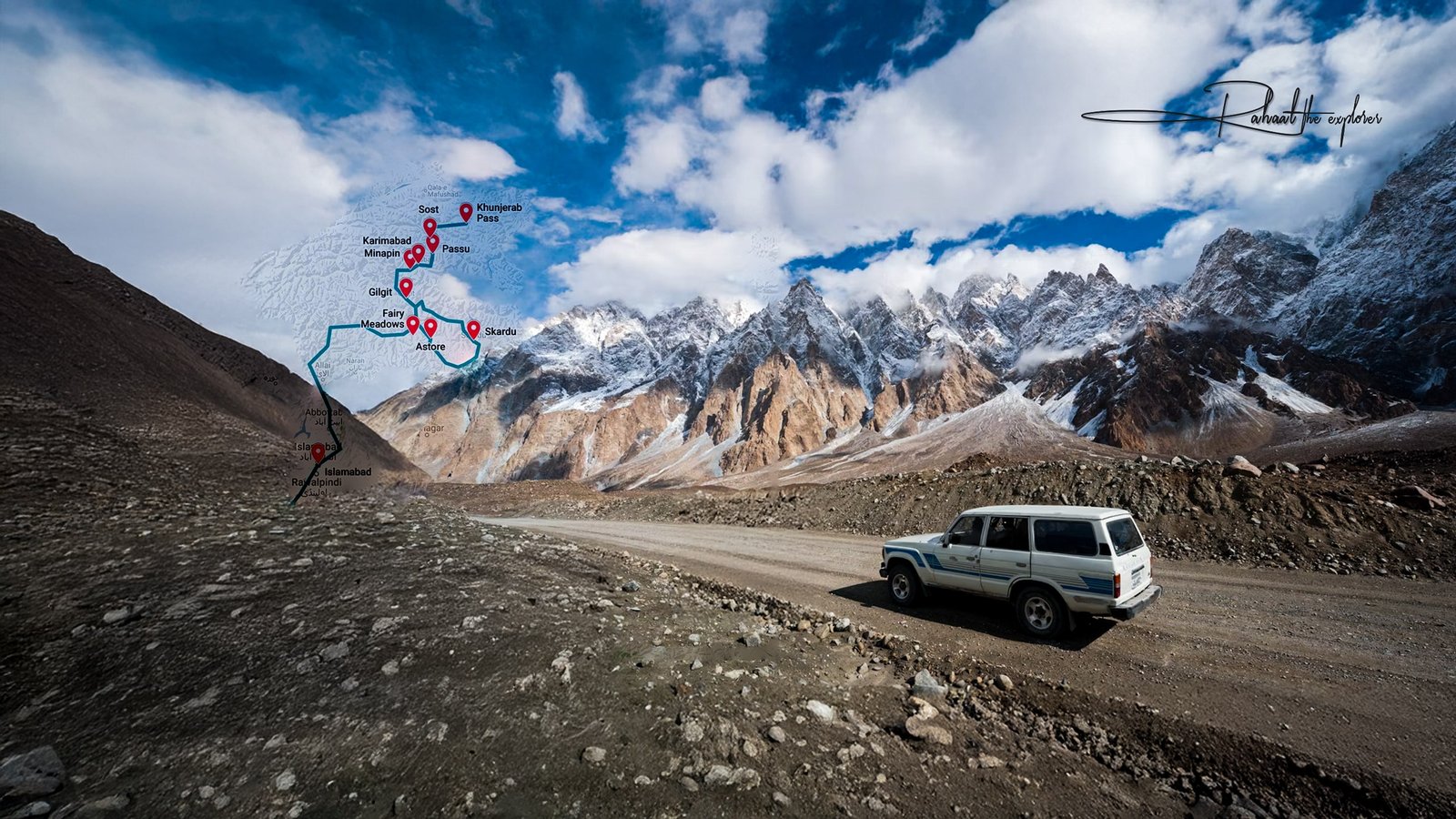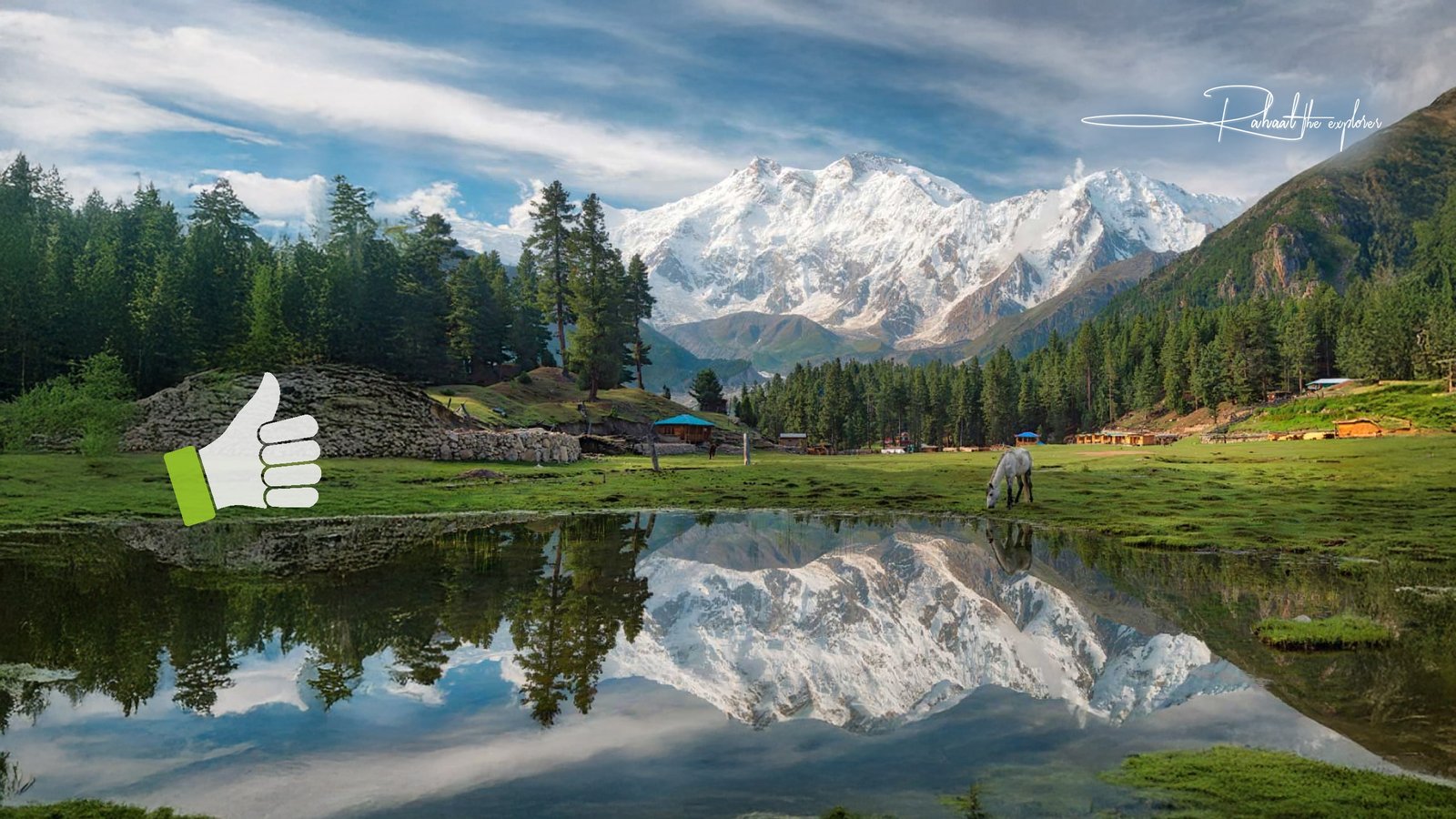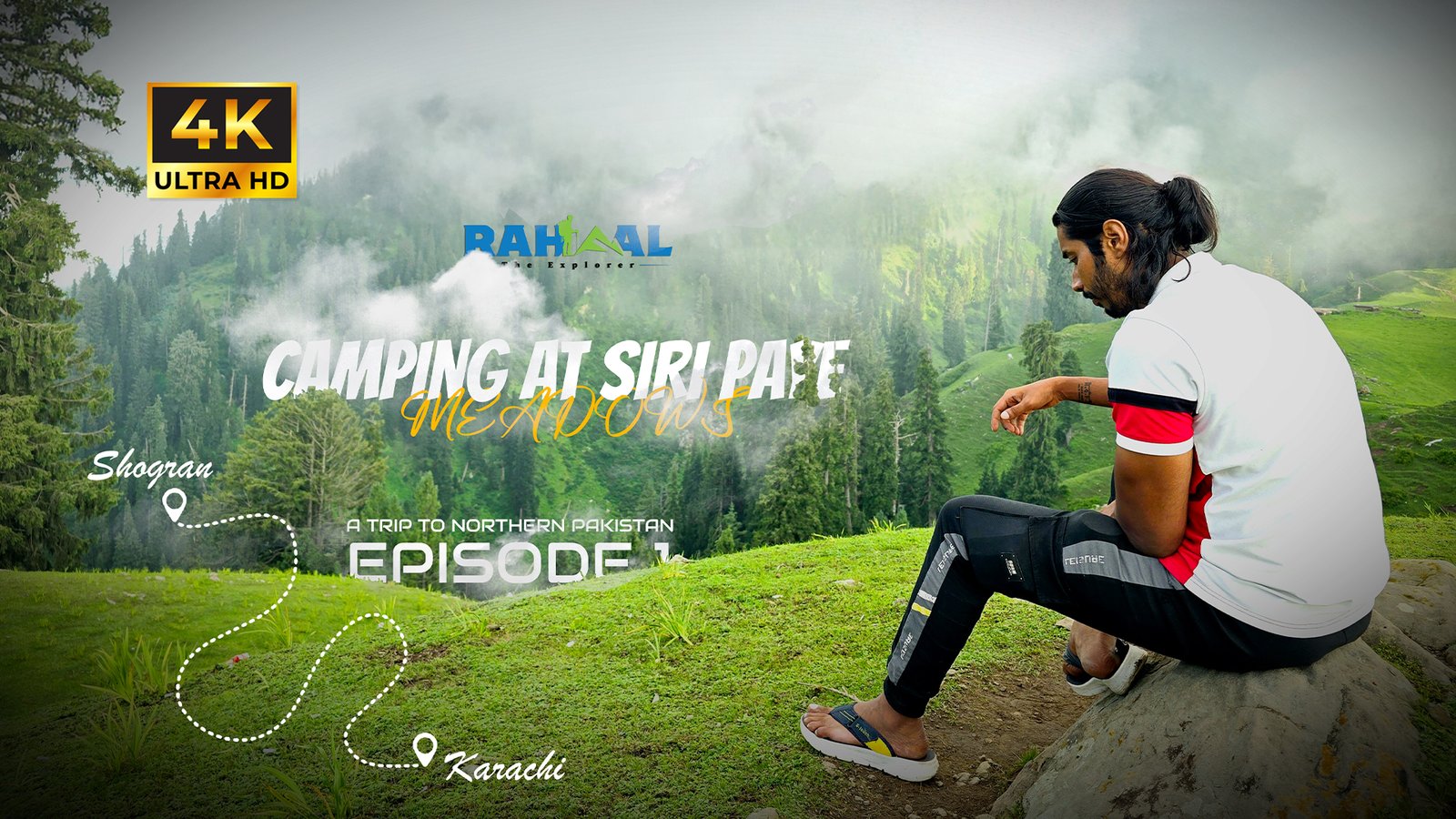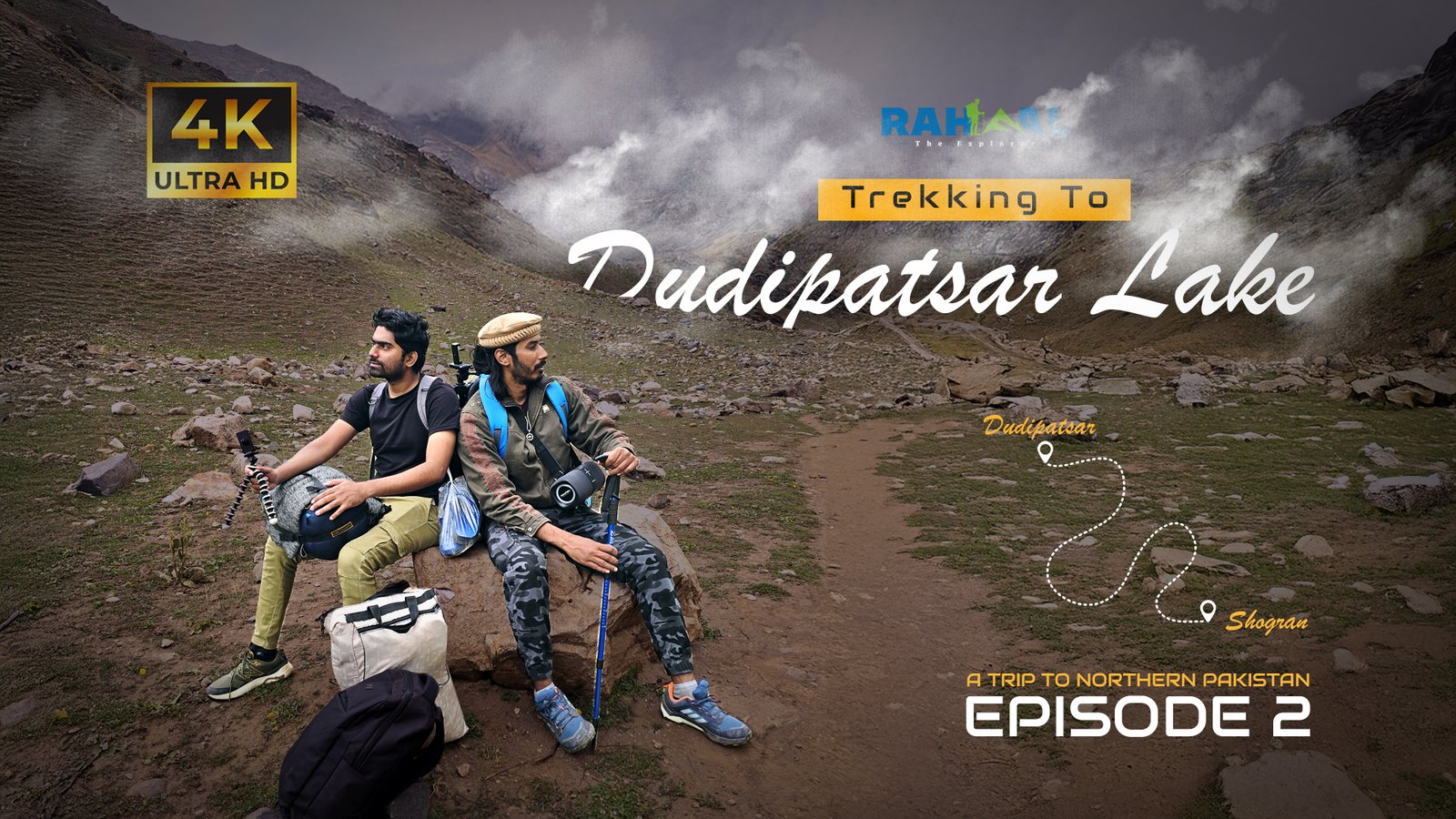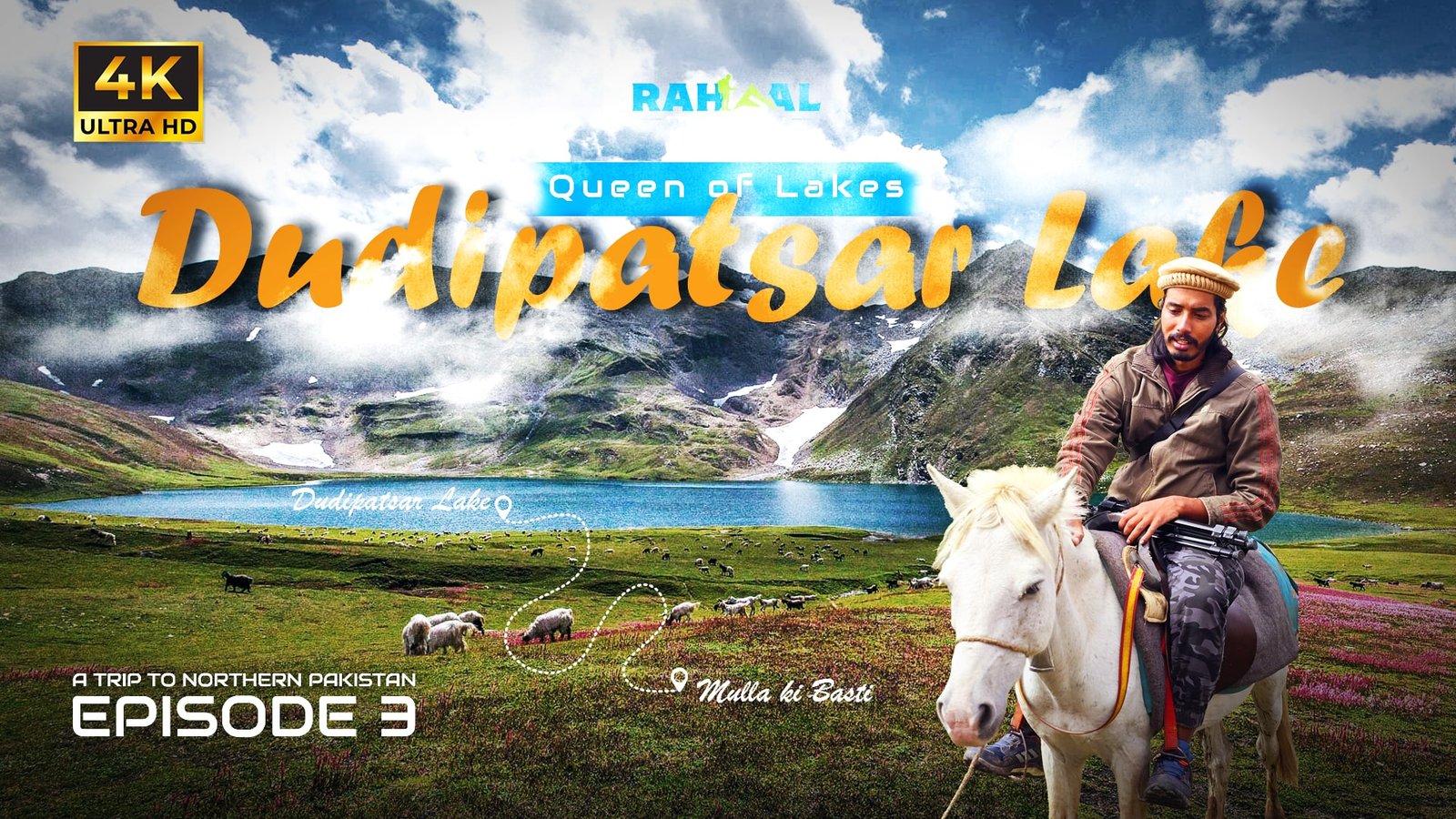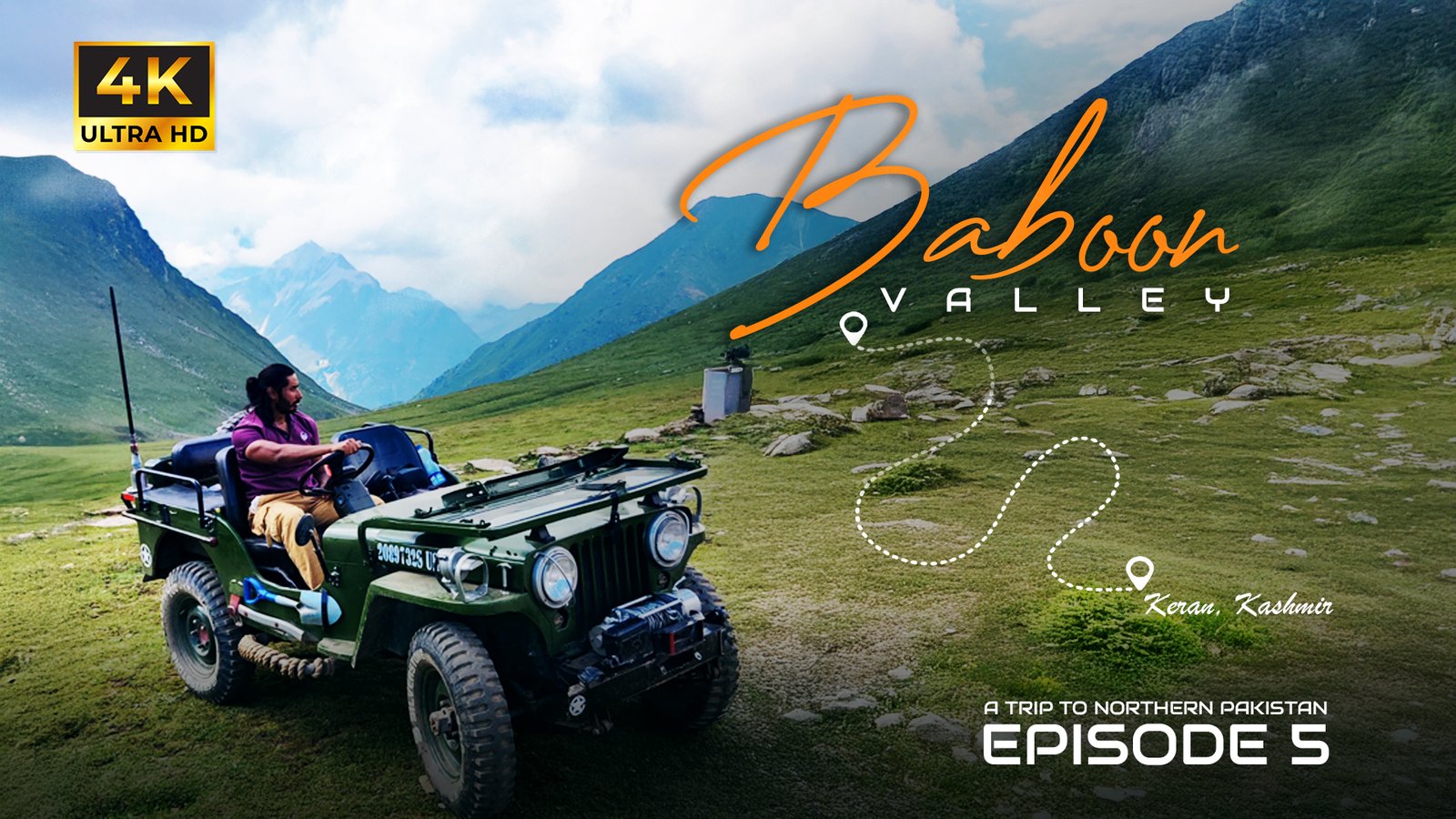For adventurers who dream of striking it rich or simply experiencing one of America’s most unique state parks, Crater of Diamonds State Park in Arkansas is a must-visit. Known as the only publicly accessible diamond-bearing site in the world, this park invites visitors to dig, sift, and search for genuine diamonds that they can keep.
Beyond the thrill of discovery, the park also offers hiking trails, camping, history, and family-friendly attractions that make it a perfect destination for travelers. This guide will walk you through everything you need to know—from the park’s history and geology to practical travel tips for Crater of Diamonds State Park that will make your visit unforgettable.
Introduction to Crater of Diamonds State Park
Located near Murfreesboro, Arkansas, Crater of Diamonds State Park is a 37.5-acre plowed field sitting atop a volcanic crater. Unlike other diamond sites around the world, here anyone can pay a modest entry fee and search for diamonds in the same soil where more than 75,000 diamonds have been found since the first discovery in 1906.
The park is famous not only for its accessibility but also for its incredible finds, including the 40.23-carat Uncle Sam diamond, the largest ever unearthed in the United States. Visitors may also discover amethysts, garnets, jasper, quartz, and other gemstones.
Why Visit Crater of Diamonds State Park?
This isn’t just a destination for gem hunters. Here’s why you should include it in your travel plans:
- Unique Experience – It’s the only place in the world where the public can search for natural diamonds and keep what they find.
- Family-Friendly Fun – Kids and adults alike can enjoy digging, searching, and experiencing the thrill of the hunt.
- Scenic Setting – The park features beautiful woodlands, trails, and picnic areas, making it a relaxing getaway.
- History & Geology – Learn about the region’s volcanic past and diamond discoveries.
- Affordable Adventure – Entrance fees are budget-friendly compared to most tourist attractions.
History of Crater of Diamonds
The story of the park began in 1906, when farmer John Huddleston discovered two unusual crystals on his land, which turned out to be diamonds. Word spread quickly, attracting prospectors and miners to the area.
Over the years, commercial mining operations came and went, but the site never proved highly profitable. In 1972, the state of Arkansas purchased the property and opened it as a state park, ensuring that visitors from around the world could enjoy diamond hunting for generations to come.
What Makes Crater of Diamonds State Park Special?
Unlike commercial mines, Crater of Diamonds operates under a “finders, keepers” policy. This means that any diamond or gemstone you find is yours to take home. Visitors have found diamonds ranging from tiny specks to stones over 16 carats in size.
The park also has a reputation for honesty and fairness, as staff verify each find at the Diamond Discovery Center, ensuring that guests know exactly what they’ve uncovered.
How to Hunt for Diamonds
The real attraction of Crater of Diamonds is, of course, the diamond search area. Here are the three main methods of searching:
1. Surface Searching
Best after rainfall, as diamonds are often washed to the surface.
Requires no tools—just sharp eyes and patience.
Good for beginners or families with young kids.
2. Dry Sifting
Involves digging soil and sifting it through a screen to separate rocks from gems.
Portable sifters are available to rent at the park.
Great for spotting quartz, garnets, and small diamonds.
3. Wet Sifting
The most effective method, especially for spotting smaller gems.
Involves washing soil in water troughs to reveal heavier stones.
Requires some patience and elbow grease but increases chances of finding diamonds.
Types of Diamonds Found
Diamonds found here are often:
- White Diamonds – The most common, often appearing translucent.
- Brown Diamonds – Sometimes called “champagne” diamonds.
- Yellow Diamonds – Known for their beauty and rarity.
They may not look like the polished gems in jewelry stores, but once cut, they can be stunning.
Other Activities in the Park
While diamond hunting is the star attraction, the park offers plenty more:
Hiking Trails
Prospector’s Trail – A short, scenic hike around the diamond field.
Little Missouri River Trail – A 1.2-mile loop offering riverside views and wildlife spotting.
Diamond Springs Water Park
A family-friendly water play area that’s especially fun in summer.
Camping & Lodging
The park features a well-equipped campground with tent and RV sites, as well as modern amenities like showers and hookups.
Visitor Center & Museum
Learn about the history of diamond mining in Arkansas, view famous finds, and get practical information for your search.
Travel Tips for Crater of Diamonds State Park
To make the most of your visit, keep these tips in mind:
1. Best Time to Visit
Spring and Fall – Mild weather and comfortable digging conditions.
After Rain – Rain tends to expose diamonds on the surface.
Summer – Popular season but can be hot and crowded.
2. What to Bring
Sturdy digging tools (shovels, buckets, trowels).
Comfortable clothing and shoes you don’t mind getting dirty.
Sunscreen, hats, and plenty of water (the field has little shade).
Gloves to protect your hands while digging.
A change of clothes for kids, since hunting can get messy.
3. Rentals and Supplies
If you don’t have your own tools, the park offers rentals for shovels, screens, and buckets at affordable rates.
4. Food & Drink
There’s a café and picnic areas, but packing your own snacks is a good idea, especially if you’re spending hours in the field.
5. Time Your Search
Arrive early to avoid crowds and maximize your hunting time. Many successful finds happen in the morning hours.
Nearby Attractions
If you’re staying in the area for more than a day, consider exploring:
- Ka-Do-Ha Indian Village Museum – A fascinating archaeological site nearby.
- Lake Greeson – Great for fishing, boating, and water activities.
- Hot Springs National Park – Located about 90 minutes away, offering thermal baths and scenic trails.
Conservation and Preservation
While Crater of Diamonds is open for digging, the park carefully manages its land to protect natural resources. Rules ensure sustainable diamond hunting while maintaining the area’s beauty for future visitors.
The park also educates guests about Arkansas geology, fostering appreciation for the land beyond just its diamonds.
FAQs About Crater of Diamonds State Park
Q1: How much does it cost to enter the park?
As of 2025, entry is around $15 for adults and $10 for children, though prices may vary slightly.
Q2: Can I keep any diamond I find?
Yes! The park’s “finders, keepers” policy means every diamond you discover is yours.
Q3: How often are diamonds actually found?
On average, visitors report finding one to two diamonds per day, though luck plays a big role.
Q4: What’s the largest diamond ever found here?
The Uncle Sam Diamond, weighing 40.23 carats, was discovered in 1924 and remains the largest diamond found in the U.S.
Q5: Is diamond hunting difficult?
It can be labor-intensive, but methods like surface searching make it accessible for families and beginners.
Q6: Can I bring my own tools?
Yes, but they must be non-motorized (no power tools). Buckets, shovels, and sifters are most common.
Final Thoughts
Crater of Diamonds State Park is one of the most unique destinations in the United States. Whether you walk away with a glittering gemstone or simply enjoy the excitement of the search, the park delivers an experience unlike any other. Add in scenic trails, family-friendly activities, and Arkansas hospitality, and you’ll see why thousands of visitors return year after year.
If you’re planning a road trip or looking for a memorable adventure, make sure this one-of-a-kind park is on your list. Who knows? You just might unearth your own diamond treasure.


